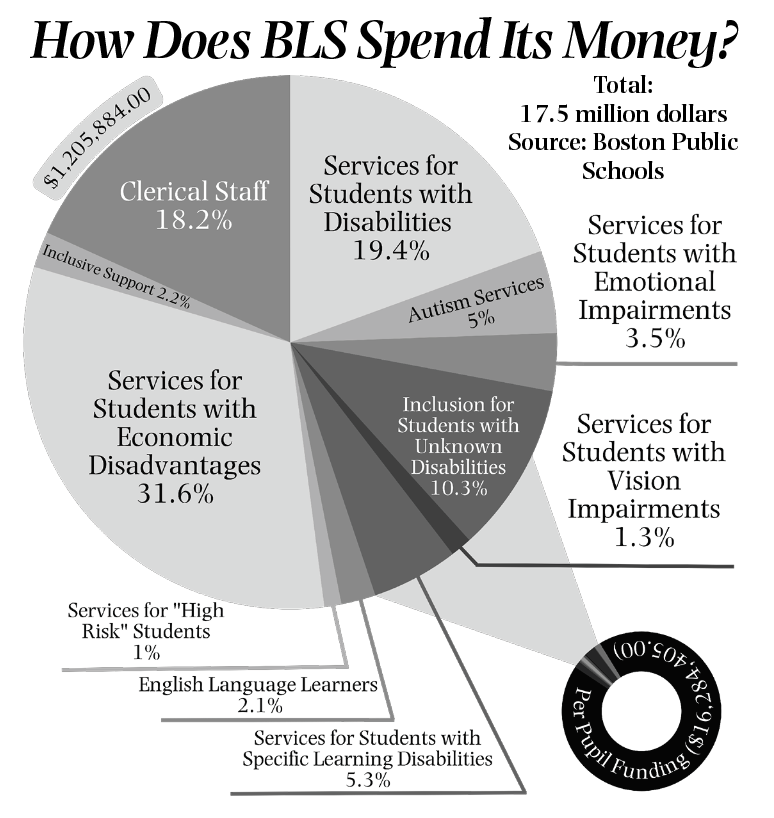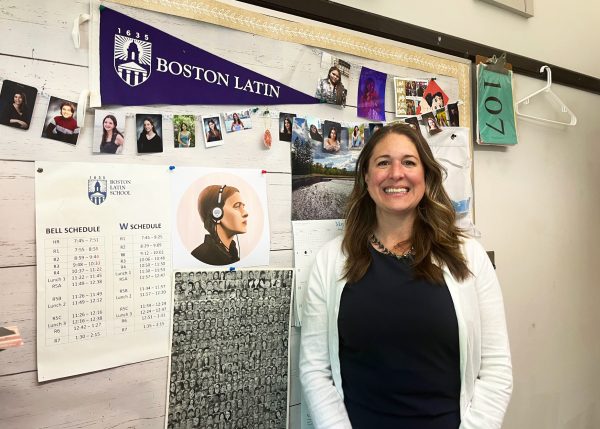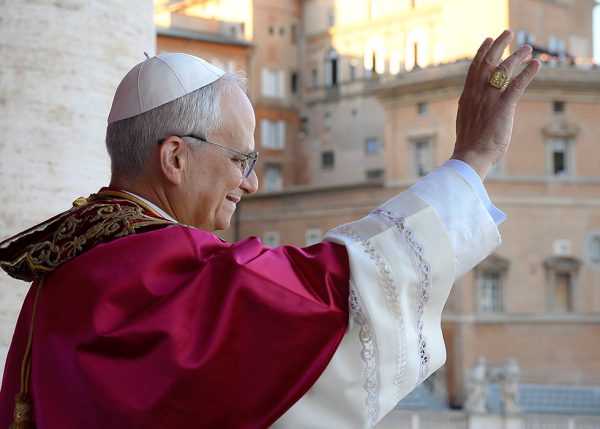Breaking Down the BLS Budget
It is budget season, and Boston Latin School and Boston Public Schools are gearing up to unveil their operating budgets for the upcoming school year.
BPS funded BLS with over 17 million dollars this year, which is an increase of over a million dollars from last year’s budget. Most of that money goes toward paying for the school’s basic services, like staff and supplies. The additions of another social worker and special education programs have also increased funding for BLS.
Head of School Jason Gallagher explains, “Even though we are a large school with an enormous budget, we don’t have a lot of what they call discretionary funds. Most of the funds that we have go to things that we absolutely need.”
In addition to the budget provided by BPS, the Boston Latin School Association (BLSA) directly provides money for the arts department and extracurricular programs. The BLS administration does not have access to these funds, and only the BLSA can spend them on these activities.
This year, the BLSA plans to spend 2.5 to 2.75 million dollars to support various programs across BLS, including 150,000 dollars for the arts, over 500,000 dollars for athletics and approximately 650 to 750,000 dollars in scholarships and prizes on Prize Night.
The general BPS budget for 2024 is over 1.4 billion dollars, a 65 million dollar increase from the current fiscal year 2023 budget. This increase was in response to higher costs, such as 28.7 million dollars for faculty salaries and 18.9 million dollars for improvements in facilities. In addition, there was a 26-million-dollar increase in strategic investments, such as 9.6 million dollars for Inclusive Education across the district.
In addition to that money, there is a 50-million-dollar commitment by Mayor Michelle Wu to build inclusive school communities. Mayor Wu also proposed a two-billion-dollar investment into a BPS Green New Deal, which will fund a range of school building renovations in order to better support environmental initiatives.
These new investments come at a time when enrollment has been declining for six consecutive years, falling by 7,667 students or 14 percent of the total BPS population. The district is trying to solve this problem by spending more money per pupil, with an 8,100-dollar increase in spending on each student.
BPS Chief Financial Officer Nathan Kuder explains why the district is increasing its budget: “As we’ve added more support positions in schools, our costs go up. So part of our plan is to use some of the cost savings that come from enrollment decreases to reinvest.”
BPS claims to distribute its funding in a fair and unbiased way. The “weighted student formula,” which assigns each student a monetary “value,” allows the district to calculate the total funding needed for each school. Many districts use the weighted student formula due to its flexibility and need-based nature.
Another change from last year’s budget is the end of Elementary and Secondary School Emergency Relief (ESSER) funds given to the district for pandemic-related activities. Within the budget, ESSER funds are being liquidated into the district’s general funding.
Despite all of these investments, some believe that BPS should shift its priorities. BLS English teacher Ms. Lynn Burke comments, “More teachers per pupil would benefit everybody, so I would say more than nice furniture, more than air conditioners and more than art supplies, we need more teachers for our students.”






